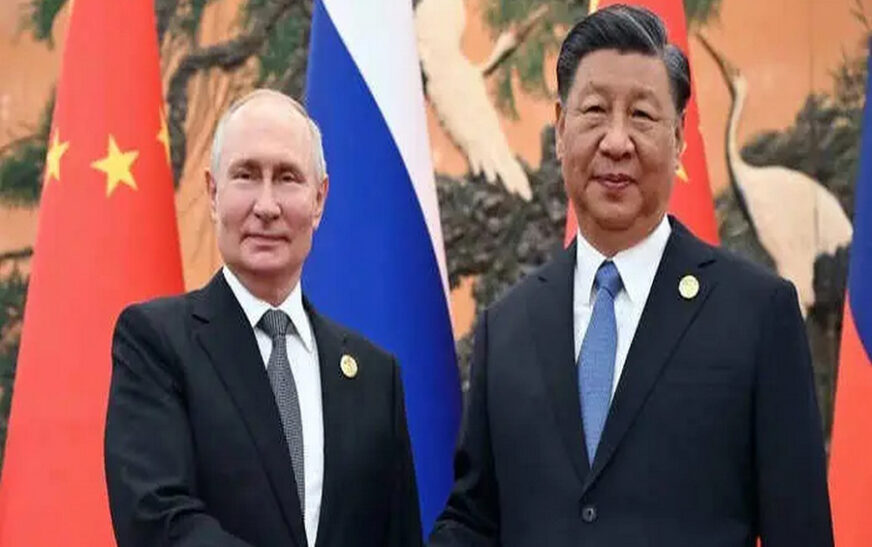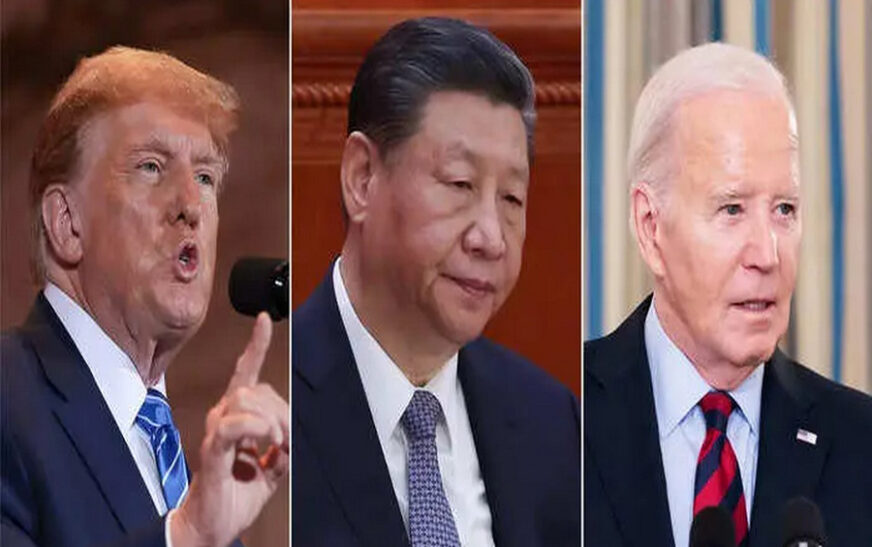According to reports from the Financial Times, China’s export volumes have surpassed expectations in the early months of 2024, driven by strengthened trade partnerships with Russia and other emerging markets.
Surging Export Volumes
Chinese export volumes surged by 7.1% in the first two months of the year, outstripping a Reuters poll forecast of 1.9%. This positive development is particularly encouraging for Beijing, which faced challenges with weak export earnings in the previous year.
Deepening Ties with Russia
The closer trade relations between China and Russia have played a significant role in this export upswing. Chinese exports to Russia increased by 12.5% in January and February, culminating in bilateral trade reaching $37 billion.
Strengthened Bilateral Relations
Amid heightened tensions with the West following Russia’s invasion of Ukraine in 2022, China and Russia have deepened their ties, with bilateral trade hitting a record $240 billion last year. This relationship has provided Russia with an alternative market for its energy products, amid Western sanctions.
Shifting Growth Strategy
China’s recent surge in exports also reflects a strategic shift away from its heavy reliance on the property sector, currently experiencing defaults, towards bolstering its manufacturing industry. This shift is expected to further drive export growth.
Potential Trade Tensions
However, the increase in Chinese exports could lead to international tensions and potential trade conflicts in the coming years, as noted by China Beige Book CEO Leland Miller. These tensions may arise due to competition and protectionist measures in global markets.
US-China Trade Dynamics
Meanwhile, China’s trade with the US has seen a modest increase of 0.7% so far this year. Foreign Minister Wang Yi emphasized the critical nature of Beijing’s relationship with Washington, while also expressing concerns about perceived US efforts to constrain China.
Impact of US Sanctions
The US’s tighter enforcement of sanctions against Russia has had ripple effects, with Chinese entities facing the threat of secondary sanctions. As a result, three out of China’s four state banks have halted payment transactions with Russian institutions, underscoring the complexities of global trade dynamics.










